The very first of the story arcs to run in the pages of JLA during its odd final years, when it became a sort of anthology title with rotating creative teams, was this three-part story entitled "Extinction, from issues #91-93. Interestingly, it comes before what turns out to actually be Joe Kelly's last issue of the book, although that wouldn't come until issue #100, making it one of a pair of fill-in arcs, I suppose.
Looking back from 2025, it's now unclear if issue #100, which kicks off the Justice League Elite spin-off series, was intended to be Kelly's final issue of JLA, and DC just waited a few months to print it (perhaps giving pencil artist Doug Mahnke plenty of time to finish it up after the labor-intensive "Trial By Fire" arc), or if that anniversary issue a newly-scripted comic written during the nine-issue gap between Kelly's second-to-last issue, January 2004's JLA #90, and August's #100.
Similarly, it's now impossible to tell if "Extinction" was created specifically for fill-in purposes, similar to the four issues Mark Waid penned in 1998 and the pair of issues in 1999 (one of which he co-wrote with Devin Grayson), or if it was simply an inventory story being repurposed, or if it was perhaps it was originally created as a one-shot or mini-series, of which there were so many since the title first launched, and was simply shunted into the main title instead.
If it was in a drawer at some point, it probably wasn't in one for very long, judging by the characters it features. In addition to Superman, The Flash, Wonder Woman, Plastic Man and Batman, all of whom have been on the League together more-or-less since 1998 (with Wondy taking a brief leave of absence during which she was replaced by her mother Hippolyta), the story also features The Atom (who had been an on-and-off guest-star since at least 1998's DC One Million, but started appearing much more frequently after Kelly first made him a part of the replacement league that showed up in 2002) and the Green Lantern is John Stewart, who officially replaced Kyle Rayner in 200's #76.
Regardless of the line-up, though, the story is pretty much self-contained, not really commenting on or otherwise being influenced by anything else that might have been going on in the DCU at the time of its publication, nor on what preceded it or what would follow it in the pages of JLA.
Whatever its exact origins, "Extinction" was written by the late Denny O'Neil, a long-time writer turned editor probably best-known today for his time shepherding DC's Batman franchise, and it was drawn by artist Tan Eng Huat, a Malaysian artist whose odd style first came to DC via a run with writer John Arcudi on a short-lived 2001 Doom Patrol series. (Mahnke, as you can see above, continued to draw the covers.)
The story is a decent-enough sci-fi fable, one that's powered by its plot, which includes at least one strong twist. It's because of that twist that the story is more than one issue, I think, although it's not hard to imagine it being a more tightly-written done-in-one, of the sort that might have appeared in one of DC or Marvel's sci-fi or weird story anthologies from the 1950s or '60s (Well, that twist and, perhaps, a smaller, earlier one, that leads to the new character introduced in the story transforming from the more chimp-like form seen on Mahnke's above cover, to the more savage and threatening one on the cover below).
The story need not really feature the Justice League, or any particular superhero or group of heroes, really, and it's not hard to imagine O'Neil tailoring this story to other characters, even original ones or civilian characters (Which isn't to say his characterization of the characters used is necessarily bland or anything, it's just that he didn't really need to put, say, Plastic Man or Wonder Woman in it).
Plastic Man is on JLA monitor duty when mysterious, dangerous phenomena accompany the arrival of a bizarre-looking spaceship near the moon, and some of the various other super-powered characters mentioned above all respond (Batman mainly phones this adventure in, mostly appearing on a Watchtower monitor, save for a single, brief scene with Superman set in the Batcave).
The ship contains a little monkey which, when it begins communicating with Superman and Green Lantern, takes on a shape that mirrors theirs, so that he looks like something of a small-statured admixture of the pair, complete with a costume that looks a bit like GL's with a "S"-shield on it.
His name is a little hard to pronounce (I don't even know how to type those characters), but Plas calls him "Peppy," and the others all follow suit.
Peppy is apparently a scientist and has come to Earth in search of the rare silver-masked monkey (the shape he was originally in when our heroes encountered him, a monkey that doesn't look much like the one Mahnke drew on the cover of the first installment, by the way). He finds the last one, but just as it is being killed, blown-up as workers clear the Amazon for farmland with dynamite.
Apparently, the silver-masked monkey was supposed to be Earth's dominant life form by now, according to Peppy, so he's surprised to find that humans actually are. He then requests the League show him all around Earth, which they do for several weeks, concerned by his interest in dwelling on all the bad things—wars, impoverished regions, sites of environmental degradation, etc.
He eventually comes to the conclusion that, as he says:
It has become clear to me that your species, homo sapiens, is choosing to become extinct.
Why this should be the truth I do not know.
But it is my duty to assist you--
Which, of course, sounds like he's going to help humanity out, right? Except that, spoiler alert, in the classic "To Serve Man" kind of misunderstanding, what he actually means is that he is going to help humanity become extinct.
The League saves the day, of course, leading to an extremely bleak ending that at least keeps Peppy from ever being a factor in any future comics.
So it's basically a message comic, and, unfortunately, one that probably could have run anywhere between the 1970s and the 2000s...or at any time since (Actually, the way the Trump administration is rolling back various environmental regulations, and the Supreme Court some of the principles upon which those regulations were founded, we may actually be entering a period where our environment could get in much worse shape than it was at the start of O'Neil's writing career...certainly, thanks to climate change, we're closer to an apocalypse than we were 25 or 50 years ago...)
While it probably didn't need to be quite so long—some of the brief action scenes that occur on the world tour, or during the League's first contact with Peppy and his ship read a bit like filler disguised as super-deeds—it's a satisfying enough read. Although it's certainly a change of pace from the big, crazy, Silver Age-style plots and more immediate end-of-the-world threats that had characterized the title up until this point.
Huat's art certainly keeps it interesting. His work is hard to describe if you haven't seen it before, as it can vacillate between extremely realistic in the rendering of the human form and its postures and expressions to highly exaggerated action...often in the same panel.
It can sometimes look a little like Jeff Lemire finishing rough layouts from, I don't know, Corey S. Lewis...but not really...?
Huat's characters are all certainly quite distinct, and it's fun to see them occasionally explode into action here or there. "Extinction" doesn't look a bit like any of the other JLA issues or stories to precede it, that's for sure.
Where Huat's style is most welcome, however, is when it comes to drawing "alien" stuff, where the weirder things look the better. And so Peppy's ship doesn't really look much like any other spaceship, and the weird energy beams it pummels Superman and Green Lantern with in the first issue are strange and cool-looking.
Huat's best serves Plastic Man, of course, as the character's nature allows Huat to cut loose in a way that just isn't true of the other characters. This is probably most clearly seen in the splash page that opens the story, in which a frantic Plastic Man calls for help from the monitor womb, his limbs stretching and twisting at random as they explode away from his body, which is technically still seated in a chair.
Plas probably comes off as the most distinct character here, as O'Neil writes lots of jokes for him, each punctuated by a transformation (he becomes Albert Einstein in one panel, Alfred E. Neuman in another). O'Neil's Batman is standoffish, imperious, always thinking ahead and always right. Superman, who Huat draws vaguely Chistopher Reeve-ish, is a nice guy who tries his best. The others? Well, they are more-or-less interchangeable, I guess.
At one point, Peppy refers to a "Book of Lol," which, in his language, means "the truth." That's where he got his information about the silver-masked monkeys, for example. I know 21-years-ago was pre-texting being ubiquitous, but was that acronym already in use online at the time? One imagines that if O'Neil was writing this story today, he would have found another name; he basically just uses it as a random alien-sounding word, not unlike when Peppy says "I lost control of my sneedleyfab" in another panel, but it's curious to see the word in that context here.
Like the rest of JLA, "Extinction" was collected, and can now be found in 2015's JLA Vol. 7.
Next: John Byrne, Chris Claremont and Jerry Ordway's "The Tenth Circle" from JLA #94-99









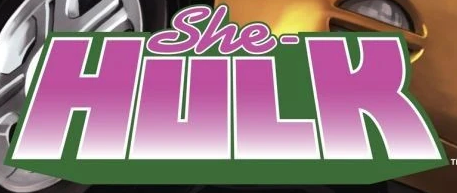
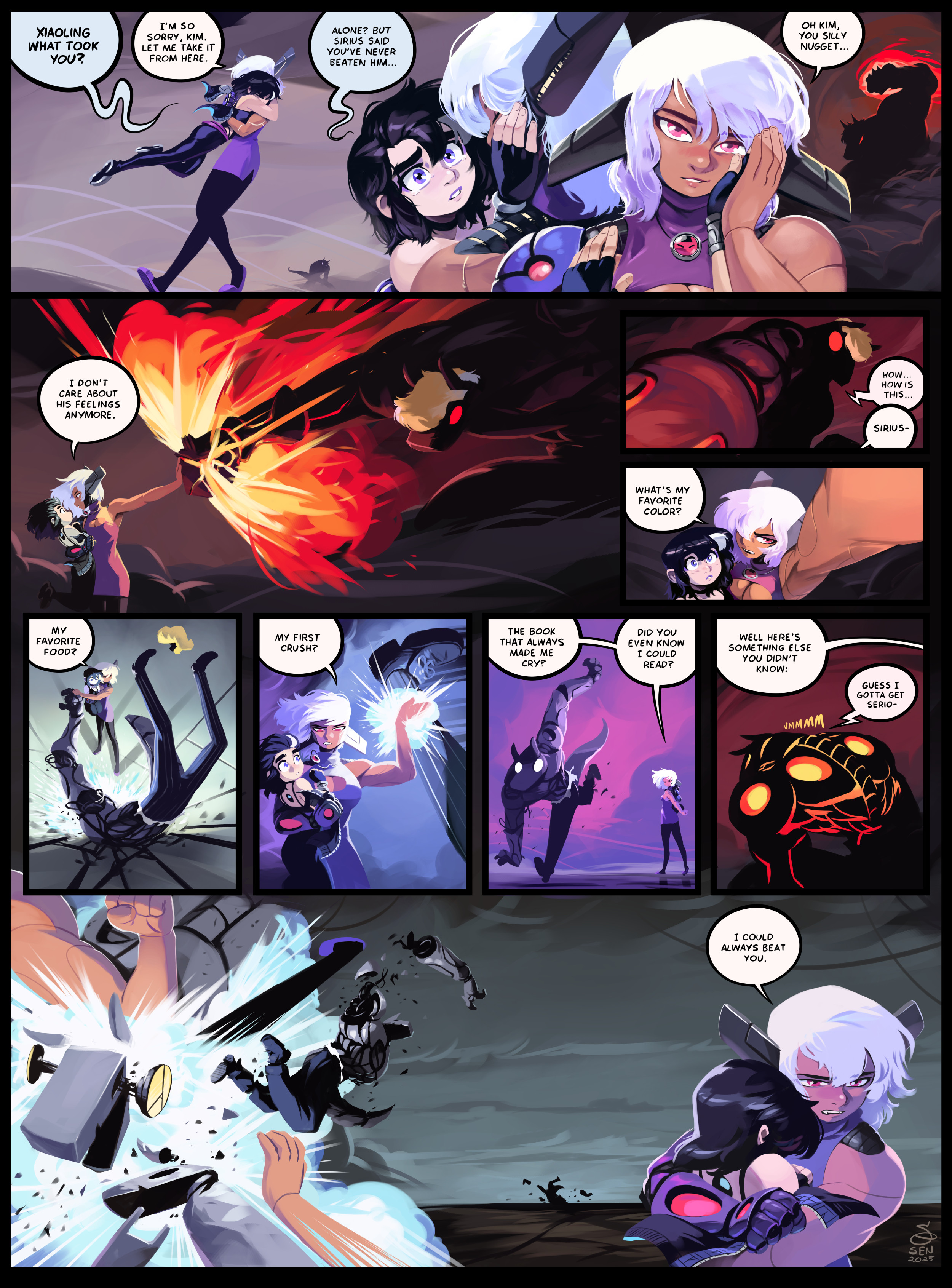
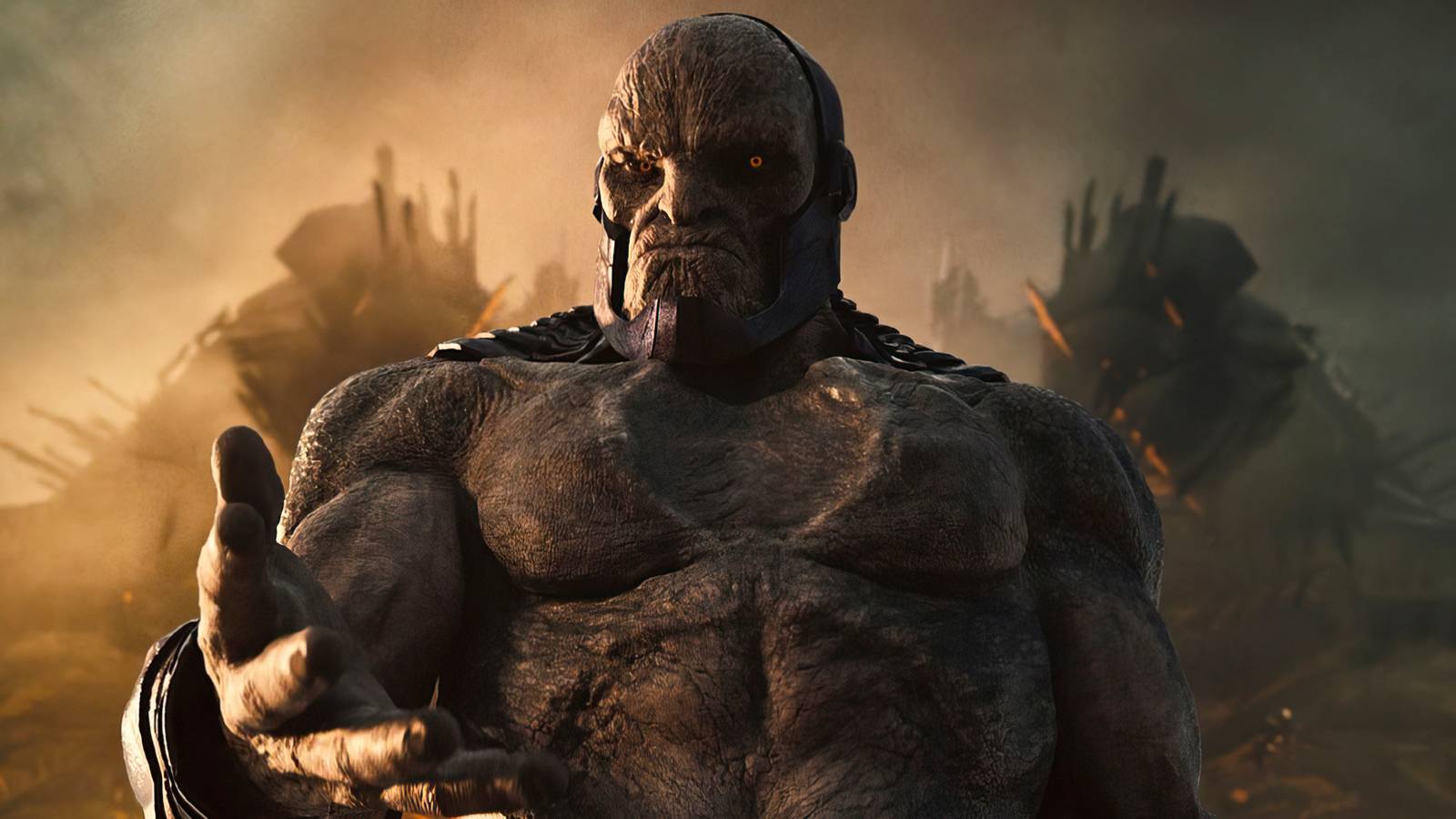

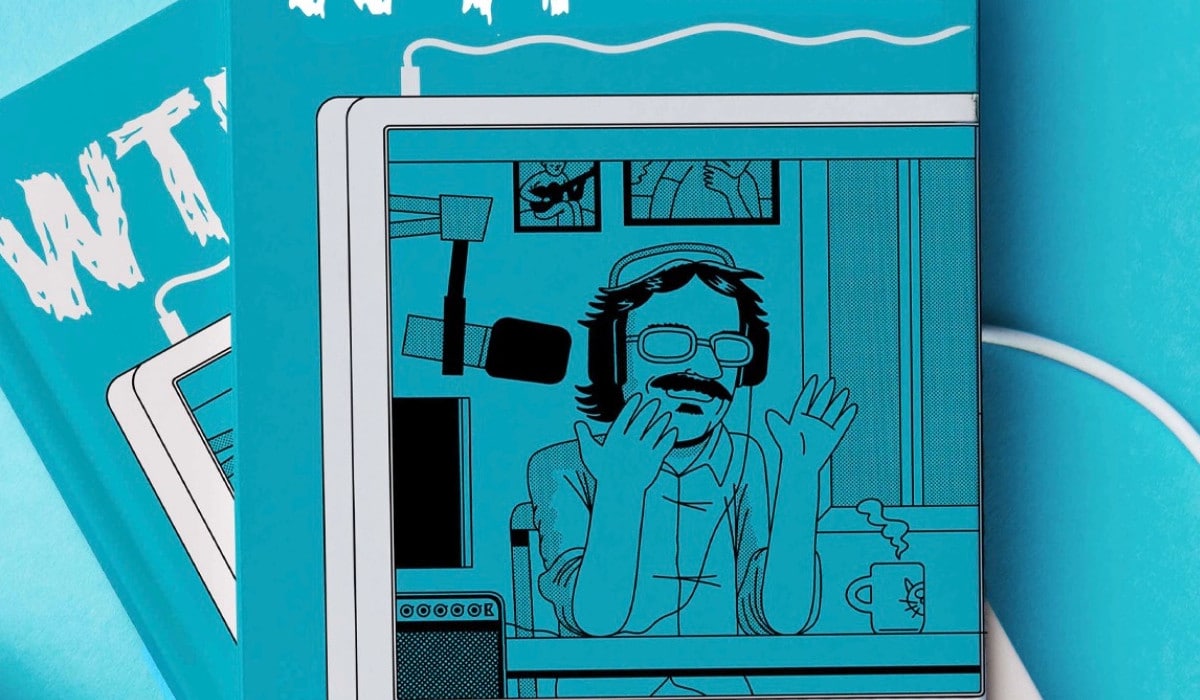

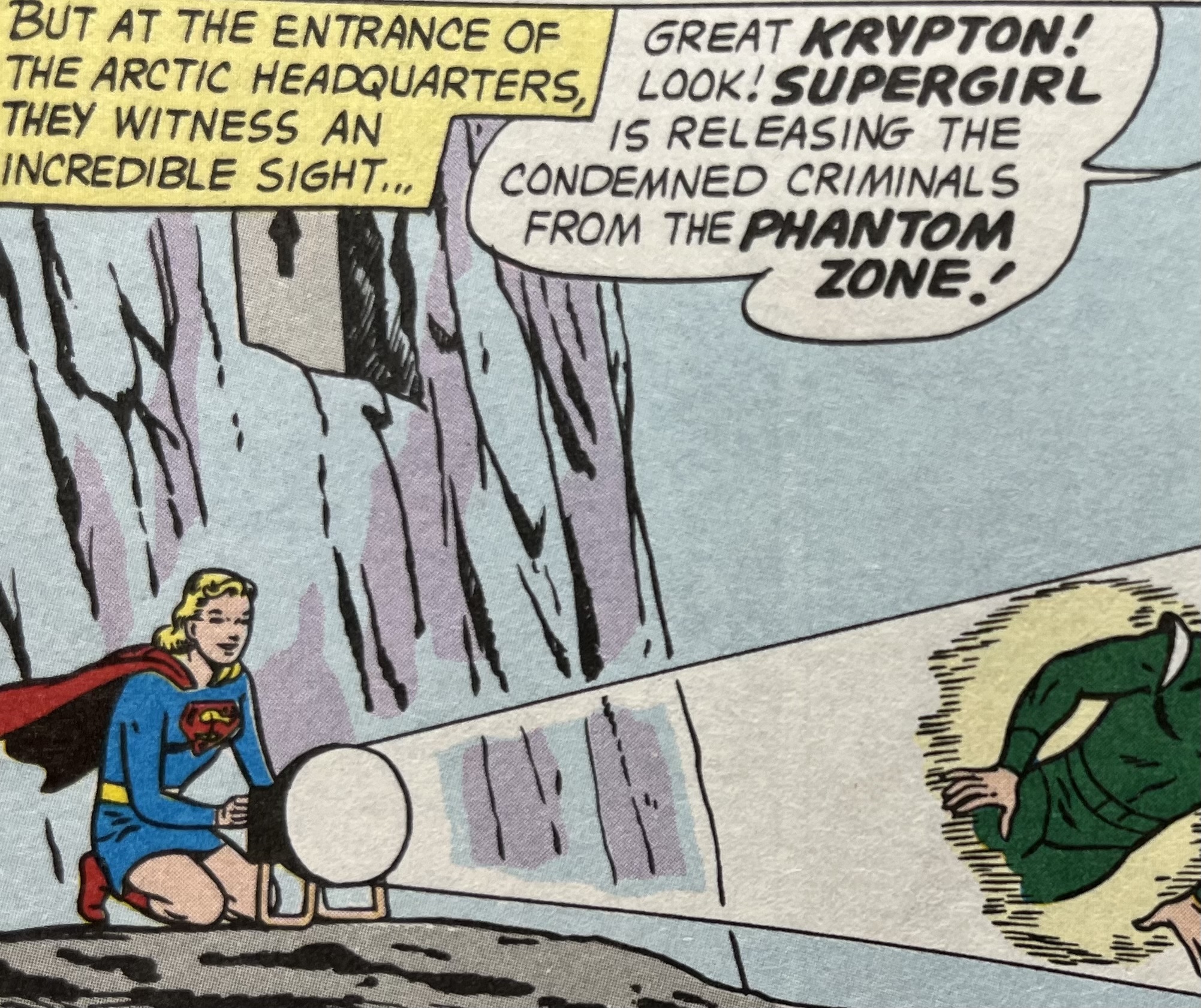






 English (US) ·
English (US) ·